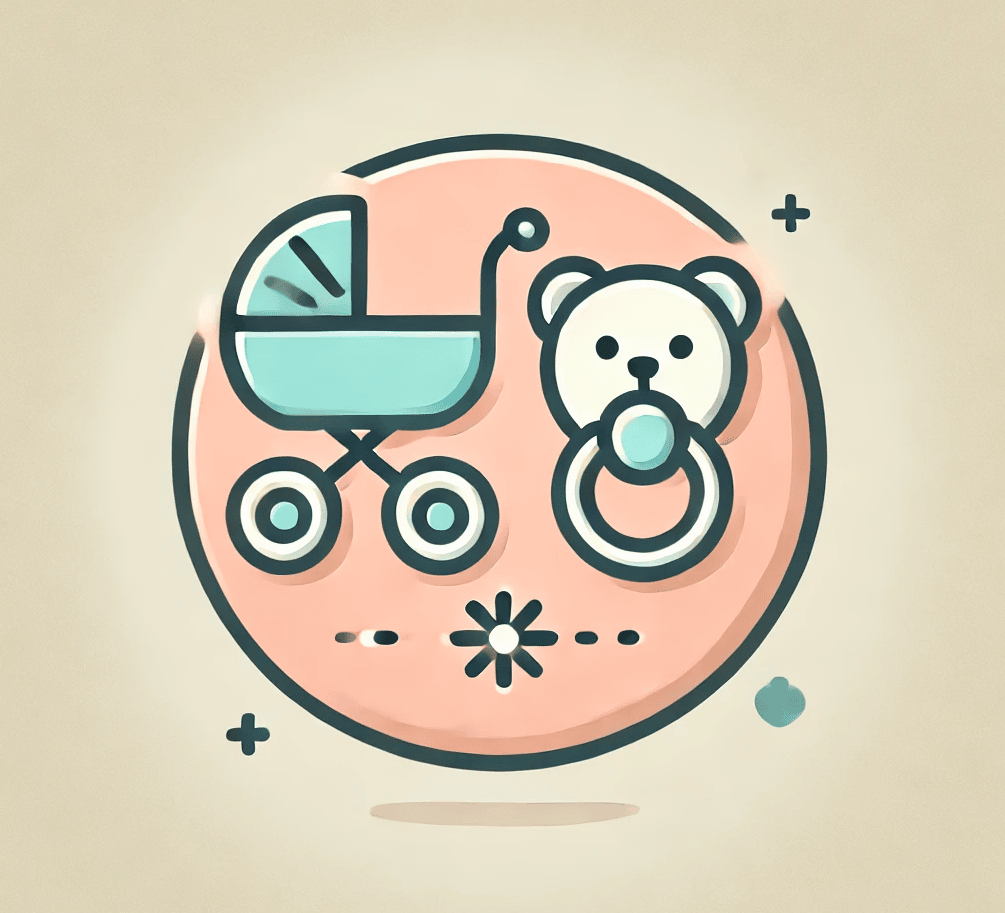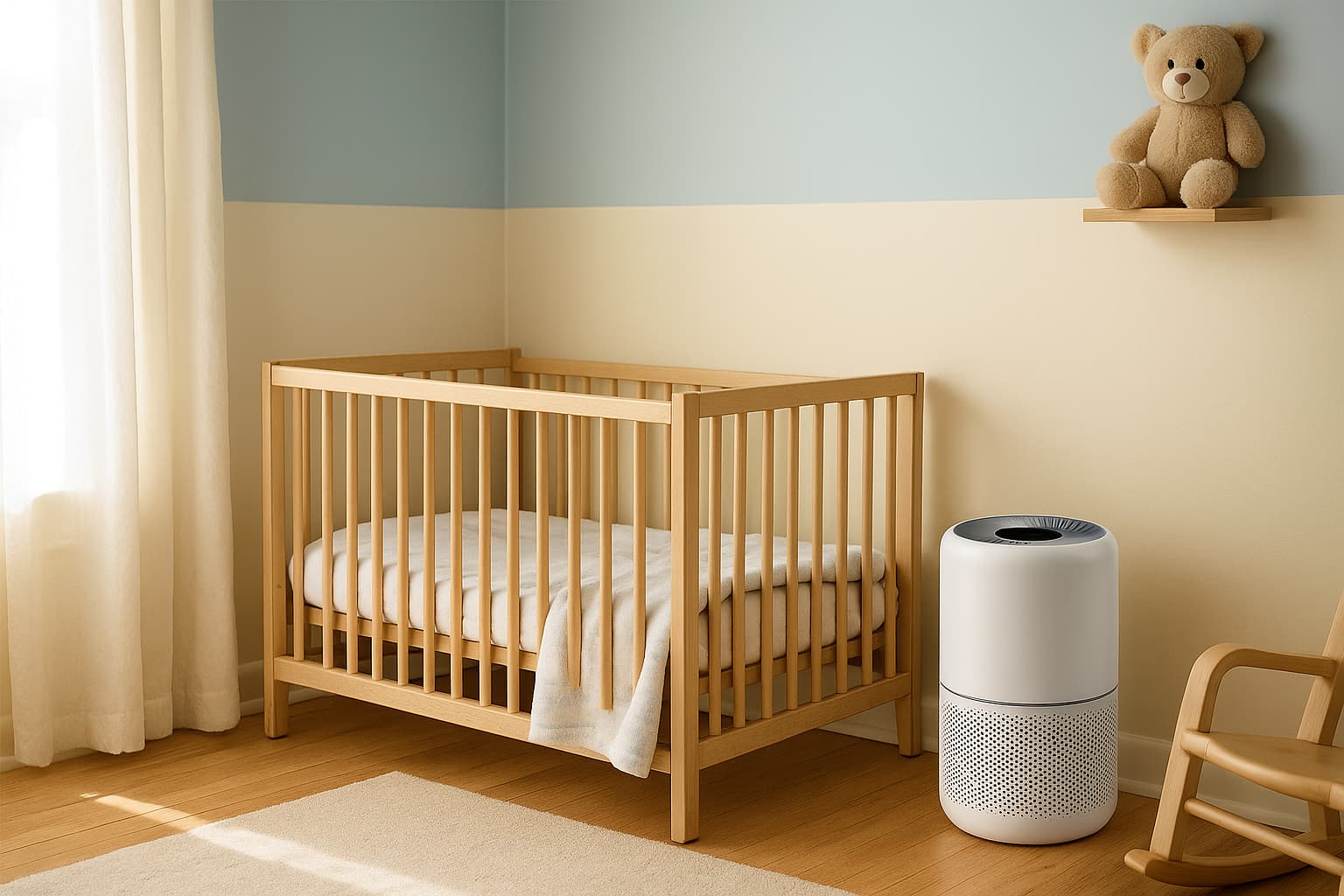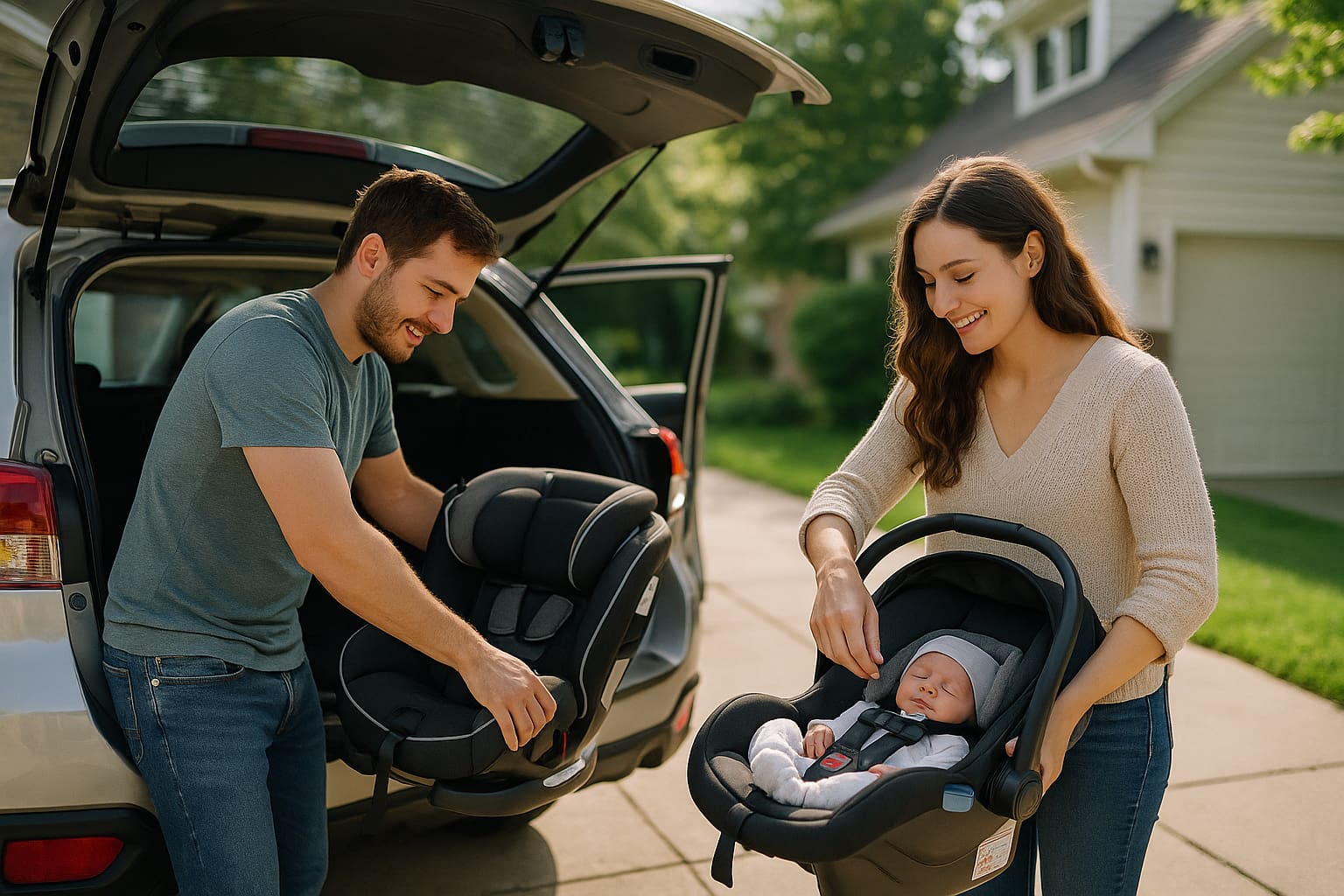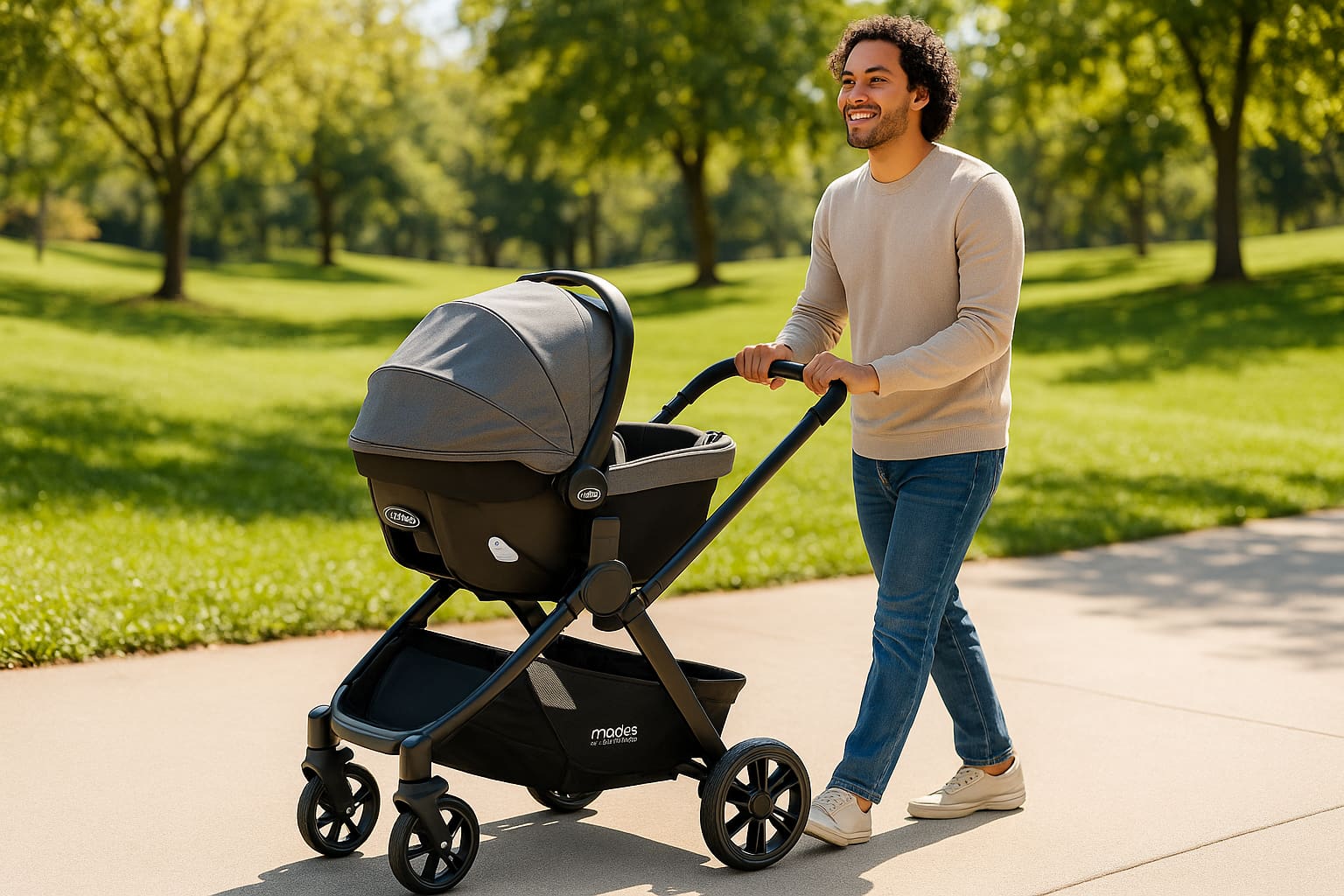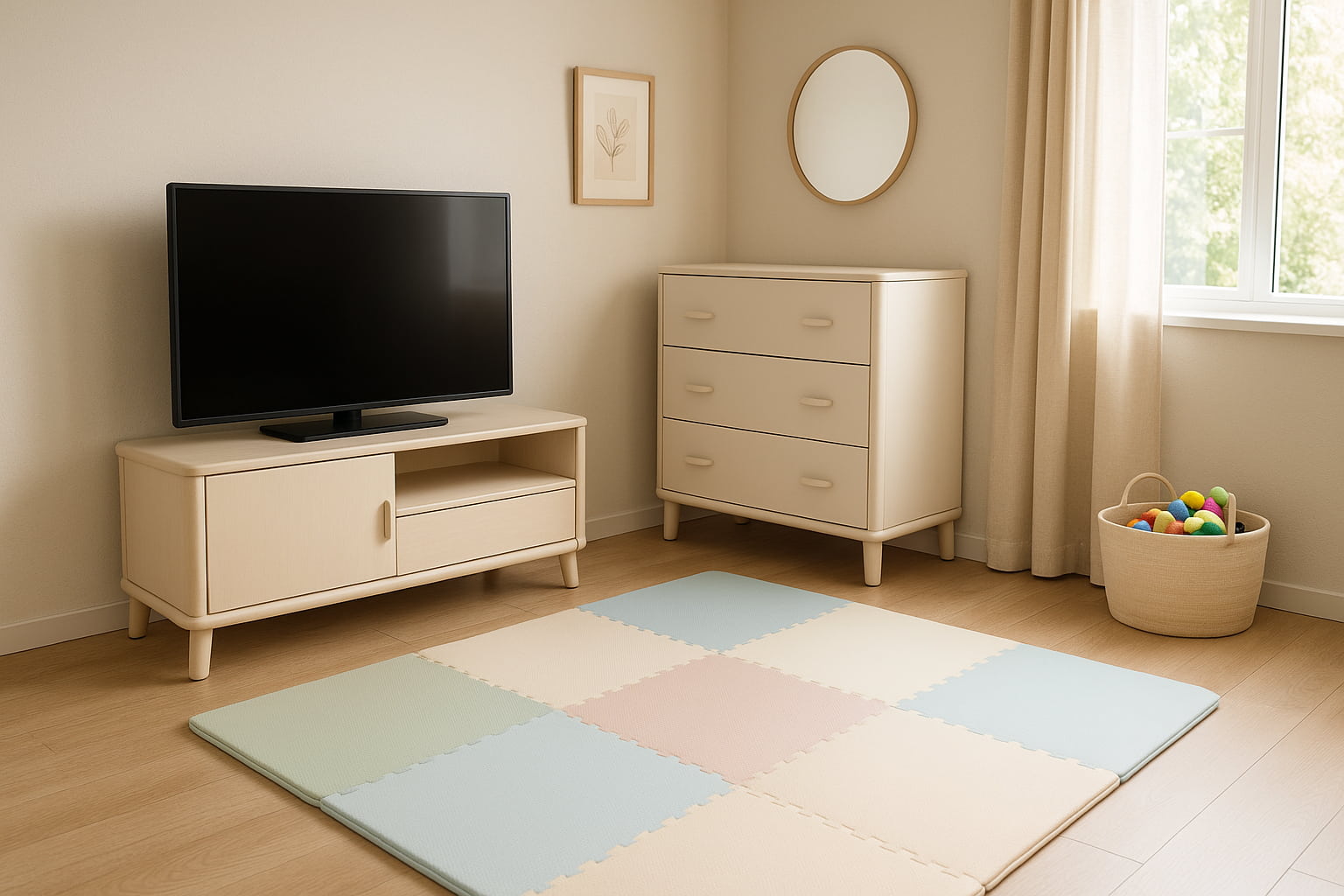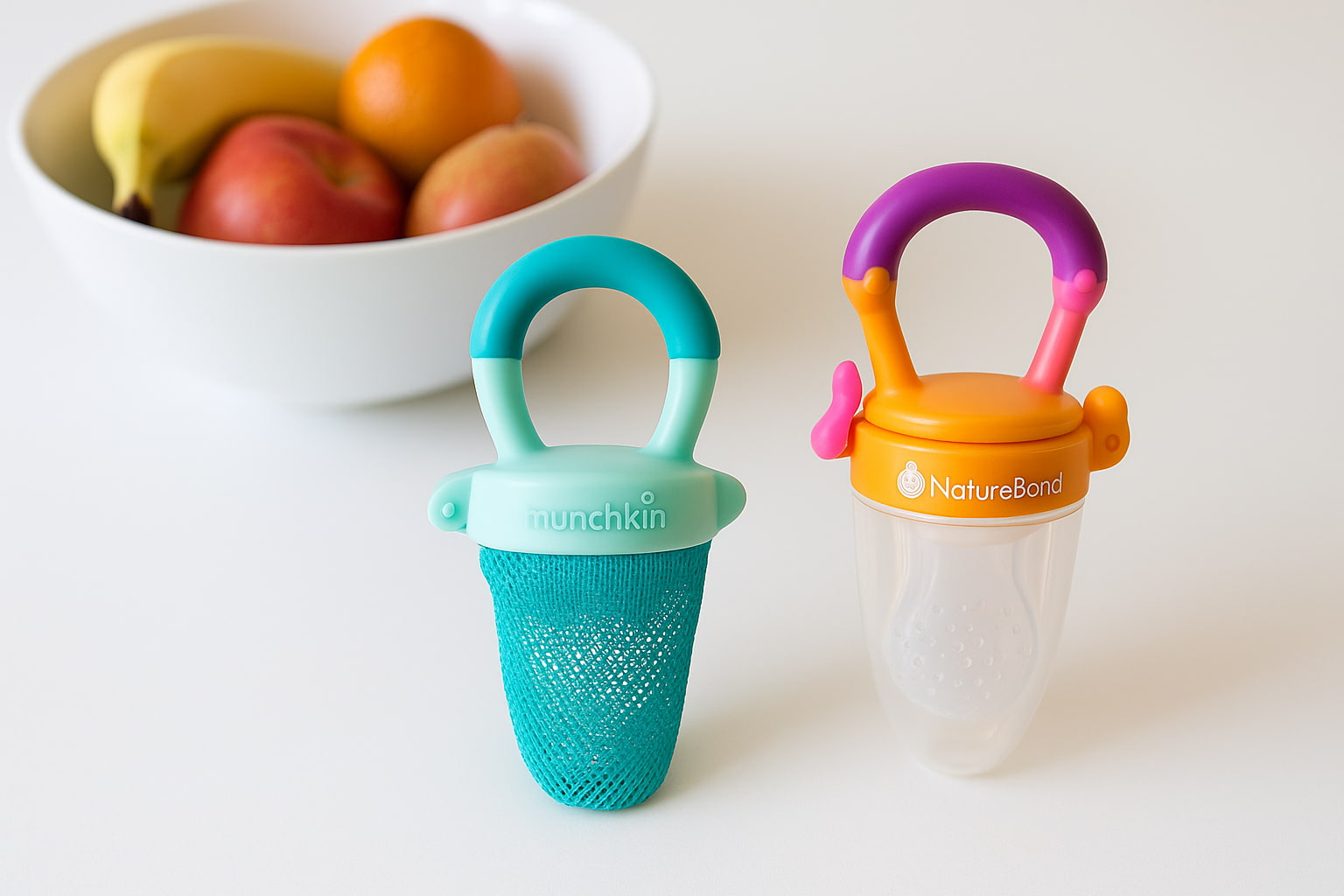🚗 How to Prevent Baby Injuries in Car Transfers
If you’re like most parents, moving your baby in and out of the car can feel nerve-wracking. You might wonder, “Am I doing this safely? What if I slip or bump their head?” You’re not alone; these concerns are incredibly common, especially for first-time parents.
In this guide, we’ll break down how to prevent baby injuries in car transfers so you can feel confident and calm during every outing.
Here’s what we’ll cover:
- Why car transfers are a high-risk moment
- Mistakes parents don’t even realize they’re making
- Pediatrician-approved steps for safer moves
- How to pick a car seat that helps prevent injuries
Let’s take this one step at a time, because small changes really do make a big difference.
⚠️ Why Car Transfers Are a Risk Moment for Babies
Moving your baby in or out of the car seems simple. But studies show this is when many minor injuries happen, especially in tight spaces or when parents are in a rush.
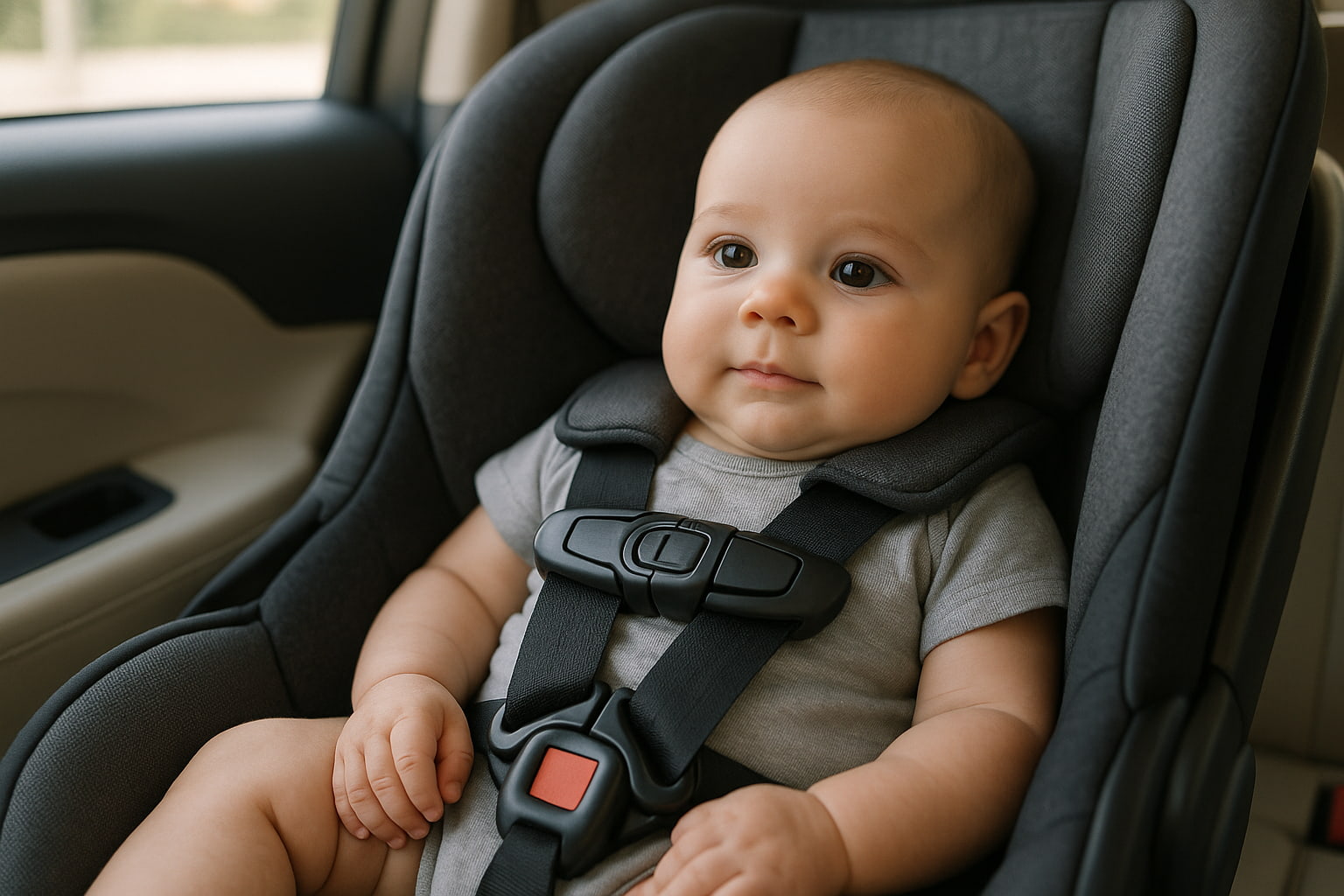
Here’s why this moment matters so much:
- Babies have fragile neck and head control, especially under 6 months
- Parents often juggle bags, keys, and other items, increasing distraction
- Slippery conditions (like rain or ice) make transfers harder
➡ Looking for ways to minimize hidden risks around your car, too? Our Hidden Car Seat Hazards for Babies guide has got you covered.
🚫 Common Mistakes Parents Make During Car Transfers
Even the most careful parents can make small errors that increase risk. Some of the most common are:
- Lifting a baby while turning sharply, which can strain their neck
- Forgetting to secure loose straps before moving
- Not checking the car seat handle locks
- Transferring a baby with a loose or unbuckled harness
✅ Quick Tip: Before every move, pause for 5 seconds. Do a quick check: straps secure, handle locked, path clear.
➡ If you’re wondering about what not to do when setting up your seat, read our full Common Mistakes When Installing Car Seats.
🏠 Why Practice Transfers at Home First
Before you even hit the road, take time to practice car transfers at home. It’s a simple way to build confidence without any pressure.
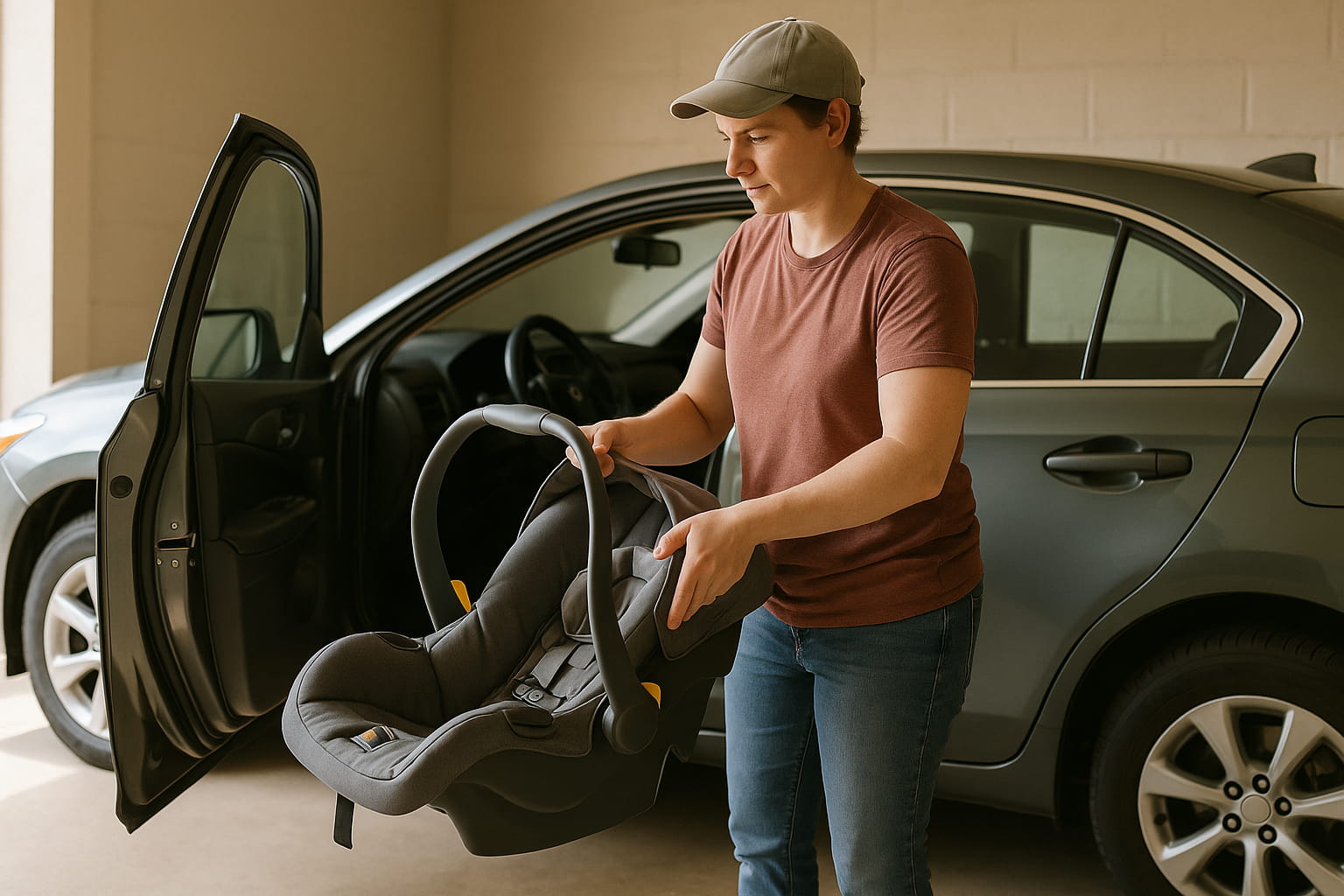
When you’re in a hurry or out in bad weather, having this practice helps a lot. You’ll know what works best for you and your baby.
Here’s how to make the most of home practice:
- Set up the car seat in your car and try lifting it in and out a few times
- Practice fastening and unfastening the harness smoothly
- Add in diaper bags or other items to see what makes it harder
- Take your time, slow is safe
A little practice now makes real transfers feel easier and safer later on.
🚼 Prevent Baby Injuries in Car Transfers With These Trusted Steps
When it’s time to move your baby in or out of the car, a few thoughtful habits can make all the difference. These aren’t big changes. But they’re powerful ways to keep your little one safe, every single time.
Here’s what trusted experts recommend:
🌟 Stay focused. Give your full attention to the transfer. Skip multitasking in this moment.
🌟 Keep your stance steady. Plant your feet before lifting to avoid slips or stumbles.
🌟 Talk to your baby. A calm, steady voice reassures both of you.
🌟 Check surroundings. Make sure doors, straps, or bags won’t get in your way.
These small steps build safe, smooth car transfer routines you can count on.
👩⚕️ Pediatrician-Approved Safety Steps for Smooth Transfers
Doctors and child safety experts suggest creating a transfer habit. It should focus on both your baby’s safety and your comfort.
Here’s what they suggest:
- Always support the baby’s head and neck with one hand
- Keep the harness fastened snugly during transfer
- Make sure the car seat handle clicks into place before lifting
- If possible, clear your hands of extra bags or items
- Take your time, slow is safe
➡ Planning to upgrade your car seat soon? Don’t miss our Infant Car Seats vs Convertible Seats: What Should I Pick? for guidance.
🪑 Choosing the Right Car Seat for Injury Prevention
The right car seat does more than protect your baby on the road; it also helps make transfers safer.
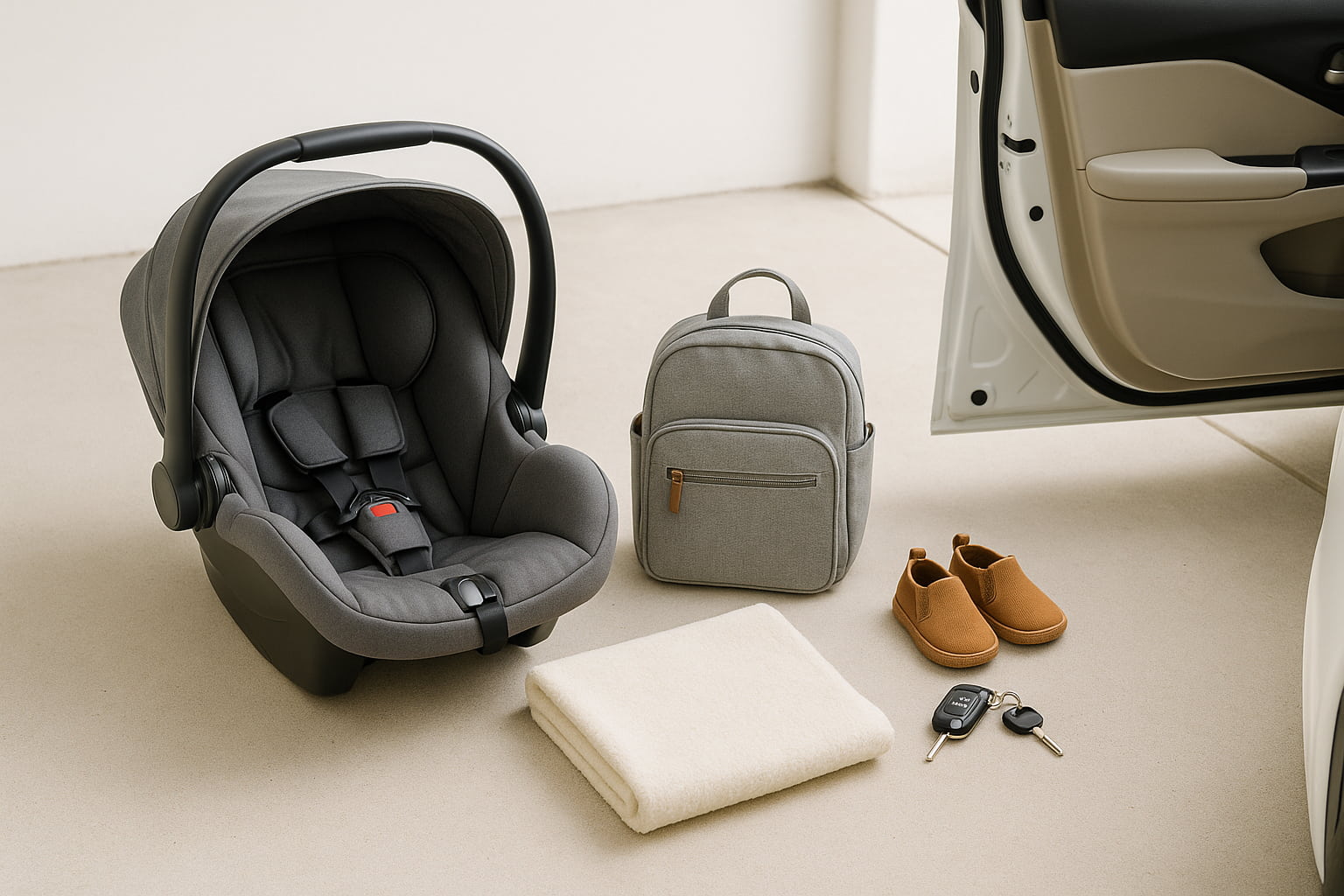
When shopping, look for these features:
- Anti-rebound bar for extra stability
- Lightweight design to reduce strain during lifts
- Easy-adjust harness that stays snug
- Click-in base for secure, fast installation
➡ If you’re comparing brands, our Graco vs Chicco: Which Car Seat Brand is Better? The article breaks it down clearly.
💡 Did You Know?
According to the American Academy of Pediatrics (AAP), proper car seat use reduces infant injury risk in crashes by up to 71%. Always follow AAP car seat guidelines to keep your little one protected during every trip.
✅ Final Take: Small Steps Make a Big Difference
Preventing baby injuries in car transfers doesn’t mean you have to change everything.
It’s really about making small, thoughtful adjustments that add up to big safety wins.
Take a moment to double-check that car seat buckle.
Pause to clear your path before lifting.
Even a deep breath before you move your baby can help you feel calmer and steadier.
Remember, every small action builds your confidence and protects your little one.
Your baby will sense that calm, and that matters more than you might think.
So keep practicing.
Stay mindful.
And always know, you’re doing a wonderful job keeping your child safe during every ride.
⚠ Disclaimer
This article is for informational purposes only and should not replace professional medical advice.
✍️ By Find For Baby
We’re a team of safety-obsessed parents helping other parents choose smart gear and use it safely, so you can spend less time worrying and more time bonding.

